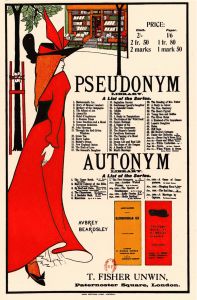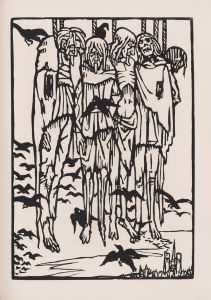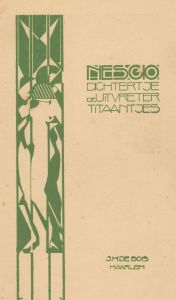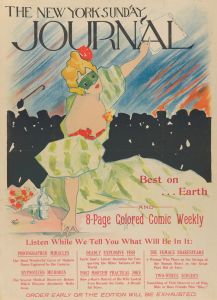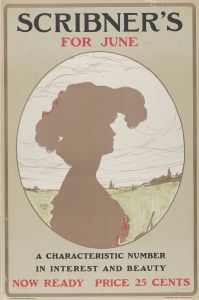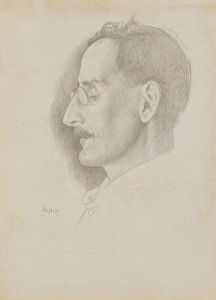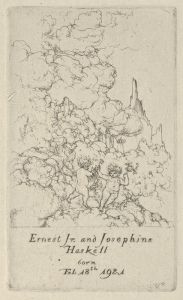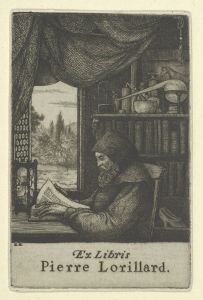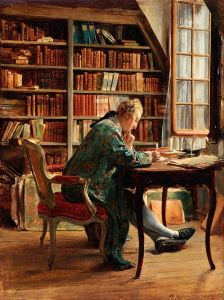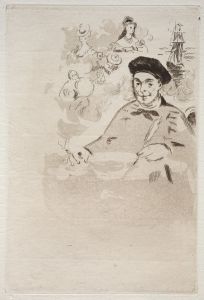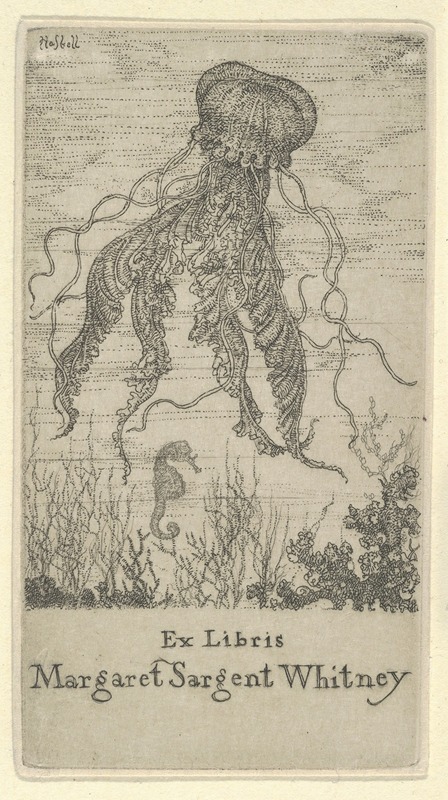
Ex Libris Margaret Sargent Whitney
A hand-painted replica of Ernest Haskell’s masterpiece Ex Libris Margaret Sargent Whitney, meticulously crafted by professional artists to capture the true essence of the original. Each piece is created with museum-quality canvas and rare mineral pigments, carefully painted by experienced artists with delicate brushstrokes and rich, layered colors to perfectly recreate the texture of the original artwork. Unlike machine-printed reproductions, this hand-painted version brings the painting to life, infused with the artist’s emotions and skill in every stroke. Whether for personal collection or home decoration, it instantly elevates the artistic atmosphere of any space.
Ernest Haskell was an American artist known for his work in etching, illustration, and painting during the late 19th and early 20th centuries. One of his notable works is the ex libris, or bookplate, created for Margaret Sargent Whitney. Ex libris are personalized labels or stamps that are placed inside a book to indicate ownership, often featuring artistic designs that reflect the owner's personality or interests.
The bookplate for Margaret Sargent Whitney is a fine example of Haskell's skill in etching and his ability to create intricate and detailed designs. While specific details about the commission or the relationship between Haskell and Whitney are not widely documented, the work itself stands as a testament to Haskell's artistry and the popularity of personalized bookplates during this period.
Ernest Haskell was born in 1876 in Connecticut and developed an interest in art at a young age. He studied in New York and later in Paris, where he was influenced by the Art Nouveau movement, which is evident in the flowing lines and organic forms that characterize much of his work. Haskell's career spanned various forms of art, including poster design, portraiture, and landscape painting, but he is particularly remembered for his contributions to the art of etching.
The ex libris for Margaret Sargent Whitney likely features elements typical of Haskell's style, such as detailed line work and possibly symbolic imagery that would have been meaningful to Whitney. Bookplates during this era often included motifs that reflected the owner's interests, profession, or family heritage, and Haskell's ability to incorporate such elements into his designs made his work highly sought after.
Margaret Sargent Whitney, the owner of the bookplate, was part of a prominent family, and bookplates were a common way for individuals of her social standing to personalize their libraries. The use of ex libris was particularly popular in the late 19th and early 20th centuries, as book ownership became more widespread and individuals sought ways to express their identity and taste through their personal collections.
Haskell's work, including the ex libris for Whitney, is part of a broader tradition of bookplate design that includes contributions from many notable artists of the time. These small works of art not only served a practical purpose but also provided a canvas for artists to explore themes of identity, ownership, and artistic expression.
Overall, the ex libris Margaret Sargent Whitney by Ernest Haskell is a reflection of both the artist's skill and the cultural practices of the time. While specific details about the design and its symbolism may not be extensively documented, the work remains an example of Haskell's contribution to the art of bookplate design and his ability to capture the essence of his subjects through his intricate and thoughtful etchings.






